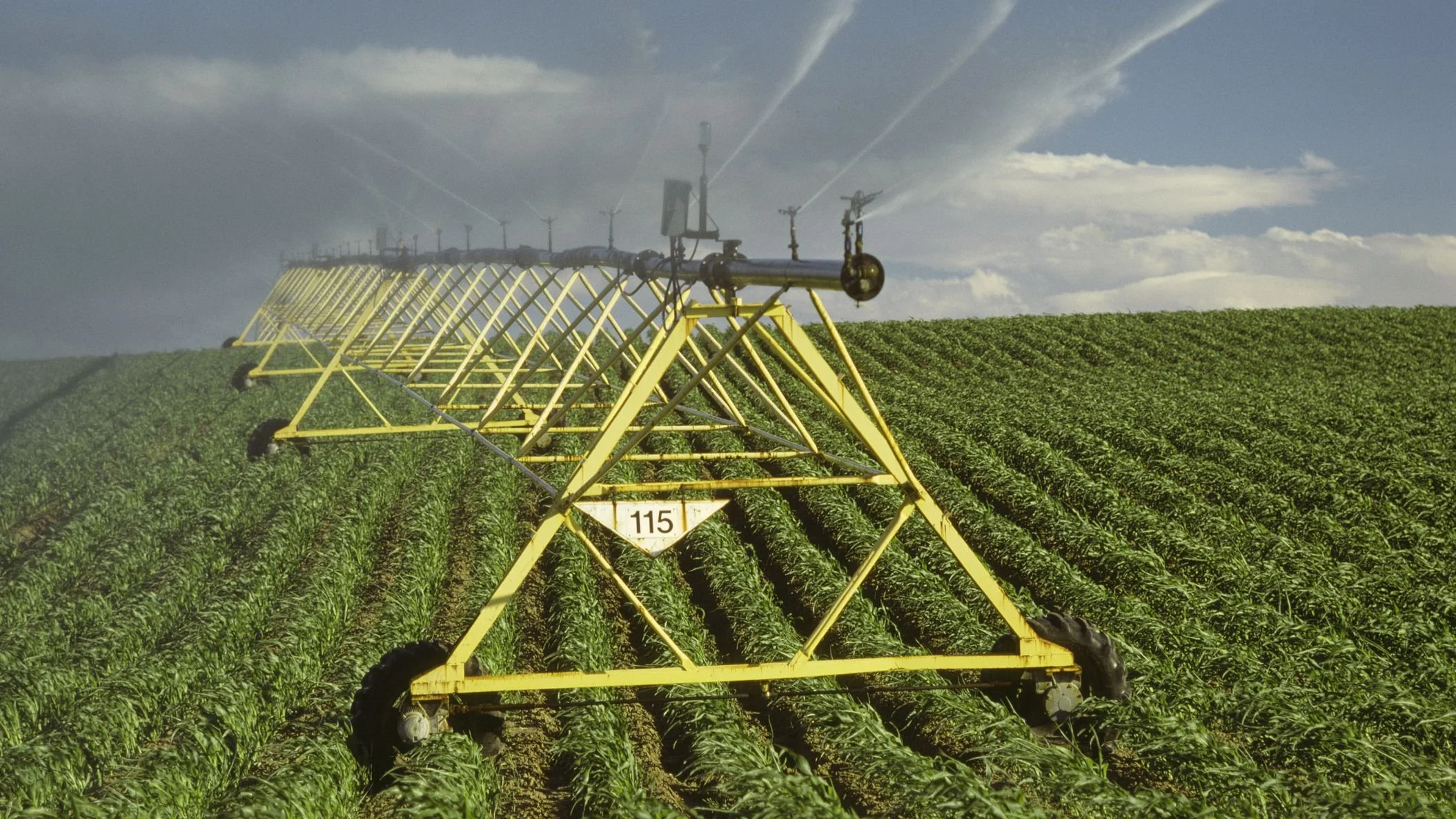AgTech’s Many Opportunities
Amy Wu, the Founder of From Farms to Incubators, fields questions from youth at DigitalNEST.
The following column makes was first published in The Salinas Californian. This version includes updates.
Start them young: There are ample benefits in incorporating ag and innovation into learning
by Amy Wu
Agriculture has never been known as a sexy sector but this stigma is slowly dissipating. Even consumers who are far removed from the roots of the food they consume have gained a greater appreciation for agriculture sparked in part by the pandemic. Who hasn’t been impacted on some scale whether it be access to fresh produce or experienced the hefty price tag exacerbated further by supply chain woes?
As a result, farming whether it be commercial or backyard gardening has become almost trendy and it is also connected with discussions about climate change. The agtech sector, under the greater umbrella of agriculture, is growing by leaps and bounds as it provides solutions to growers that face rising threats under climate change and the pressure to feed a growing global population. Not only does the innovation help tackle farming challenges but it ultimately helps build community and boost local economies.
This certainly translates into opportunity especially when it comes to workforce development and local economy. Ag is already a powerhouse in the Salinas Valley. It is a $9 billion industry that includes the production of 80% of the leafy greens that are consumed in the U.S.
The good news is that higher education is starting to make ag a priority. Policymakers and educators realize that this is not only an opportunity but a necessity. Colleges and universities are beginning to incorporate the skills and knowledge for success in ag and innovation into their programs. Earlier this month CSUMB announced $957,000 in funding from the United States Department of Agriculture to fund ag studies for underrepresented students. The funding will allow more youth to attain a degree in ag-related majors including Agricultural Plant and Soil Services.
That said, there lies an untapped opportunity in introducing food, farming, and innovation into the K-12 educational level. Why not start them young or younger?
Some might argue that the Future Farmers of America or 4-H already serve a role in this area.
In the case of 4-H, while this youth organization with an extensive network across the U.S. has upgraded its programs to include STEM (science technology engineering and math), membership and involvement in the 4-H and similar clubs is optional.
The City of Salinas has made strides in providing training to children and youth. Programs such as Coder DOJO and the MUREP Aerospace Academy held at the Hartnell College Alisal Campus are excellent. DigitalNEST a nonprofit that offers youth 14-24 years old a wide variety of workshops, classes and programs to ready them for career opportunities in tech and innovation has identified agrifoodtech as a leading career opportunity.
There are a new set of skills that agtech requires compared to traditional ag. Here are some examples of how agtech works and what skills might be required.
If you drive past the thousands of acres of farmland in California or in the Midwest this might include a self-driving tractor. If you look up in the sky there might be drones flying above inspecting farmland. Technologies such as blockchain are much more than cryptocurrency. Blockchain is being used by big retailers to track and trace food from field to shelf.



